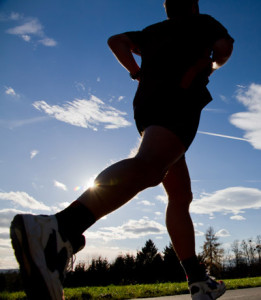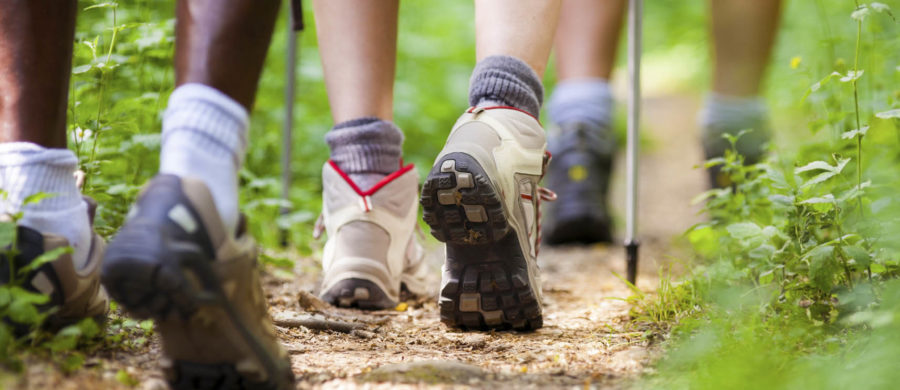In pursuing comprehensive patient care, this article highlights 16 simple lifestyle changes to reduce the risk of aggravating or developing musculoskeletal problems. Woven seamlessly into daily routines, these adjustments can significantly enhance long-term bone and joint health. The article offers a practical guide to nurturing musculoskeletal well-being, from the hydration benefits of replacing soda with water to the importance of low-impact exercise. Backed by research insights, these lifestyle modifications encompass dietary choices, exercise routines, and even footwear preferences, providing a roadmap for individuals looking to prioritize their musculoskeletal health.

Replacing soda and energy drinks with water will help deliver better hydration to your joints.
Replace Energy Drinks and Soda with Water
Water is about 80 percent of your body’s cartilage, the flexible, connective tissue that cushions your joints. When you are not well-hydrated, your body will pull water from cartilage and other areas, which wreaks havoc on your joints. Replace soda and energy drinks with water to deliver better hydration to your joints and heart.
Hang Out at the Salad Bar
Research says that popular high-calcium veggies from a salad bar – romaine and Bibb lettuces, broccoli, spinach, kale, or parsley – can slow cartilage destruction and decrease bone loss that occurs with aging. But remember to go easy on the salad dressing.
Move Around
Neither sitting nor standing on your feet all day is good for your joints. Alternate between the two positions to prevent stiffness and strain. If your job primarily involves sitting, try to take a break and stand up every 30 minutes. Make time for simple stretches throughout the day at home or the office.
Kick the Butt
Those who smoke have a greater risk of bone fractures than nonsmokers. Smoking can reduce bone mass, which can lead to osteoporosis. Kick the habit to keep your body strong and healthy.

Even a tiny amount of weight loss gives our knees relief.
Resolve to Reduce
Every extra pound we gain puts four times the stress on our knees. The flip side is that even a small amount of weight loss relieves the pressure. Research shows that losing as little as 11 pounds may improve joint health and cut the knee’s osteoarthritis risk by 50 percent.
Take the plunge
Aquatic exercises can help maintain flexibility and range of motion while taking a load off of your joints during exercise.
Warm Up
Don’t think about hitting the gym, the pool, the trails, or any exercise, for that matter, before warming up. Instead, start slowly and get up to speed after your muscles and joints have at least five minutes of prep time.
Build Strong Bones
Boost your calcium intake. A diet rich in this vital mineral helps to keep your bones sturdy and can lower your risk of osteoporosis. There are many sources of calcium besides milk, including yogurt, broccoli, kale, figs, salmon, and calcium supplements.
Cut Back on Caffeine
While you may need that extra energy in the morning, try to resist second and third cups of coffee. Studies show that excess caffeine can weaken your bones.
Take your Vitamins
Supplementing your diet with a multivitamin is an excellent way to get the nutrients you may lack in your diet. For example, strong joints (and overall joint health) will benefit from bone-building calcium and vitamin K, tissue-repairing vitamin C, pain-relieving vitamin E, folic acid, and more.
Ditch the High Heels and Choose Function over Fashion
Shoes shouldn’t just look good; they should work well, too. Look for flexible, supportive shoes that are squared or rounded at the toe so your toes can move around. A shoe with a rubber sole will give you more cushion. Make sure your shoe is flexible at the ball of your foot. Experts say a three-inch heel stresses your foot seven times more than a one-inch heel. In addition, heels put extra stress on your knees and may increase your risk of developing osteoarthritis.
Low-Impact Exercise
Low-impact exercise can offer the same calorie-burning benefits without the painful pounding. Exercise also improves joint mobility. Forgo heavy-impact activities, such as tennis, kickboxing, and step aerobics, and switch to low-impact exercises. Golfing, swimming, yoga, and cycling are all easier on the joints.
Increase your Range
Range-of-motion exercises (such as stretching) are an excellent way to keep your muscles and ligaments flexible and strong. Add weights to your workout, and you’ll tone up, too.
Sources: Compiled from Healthline, The Cleveland Clinic, and The Arthritis Foundation

